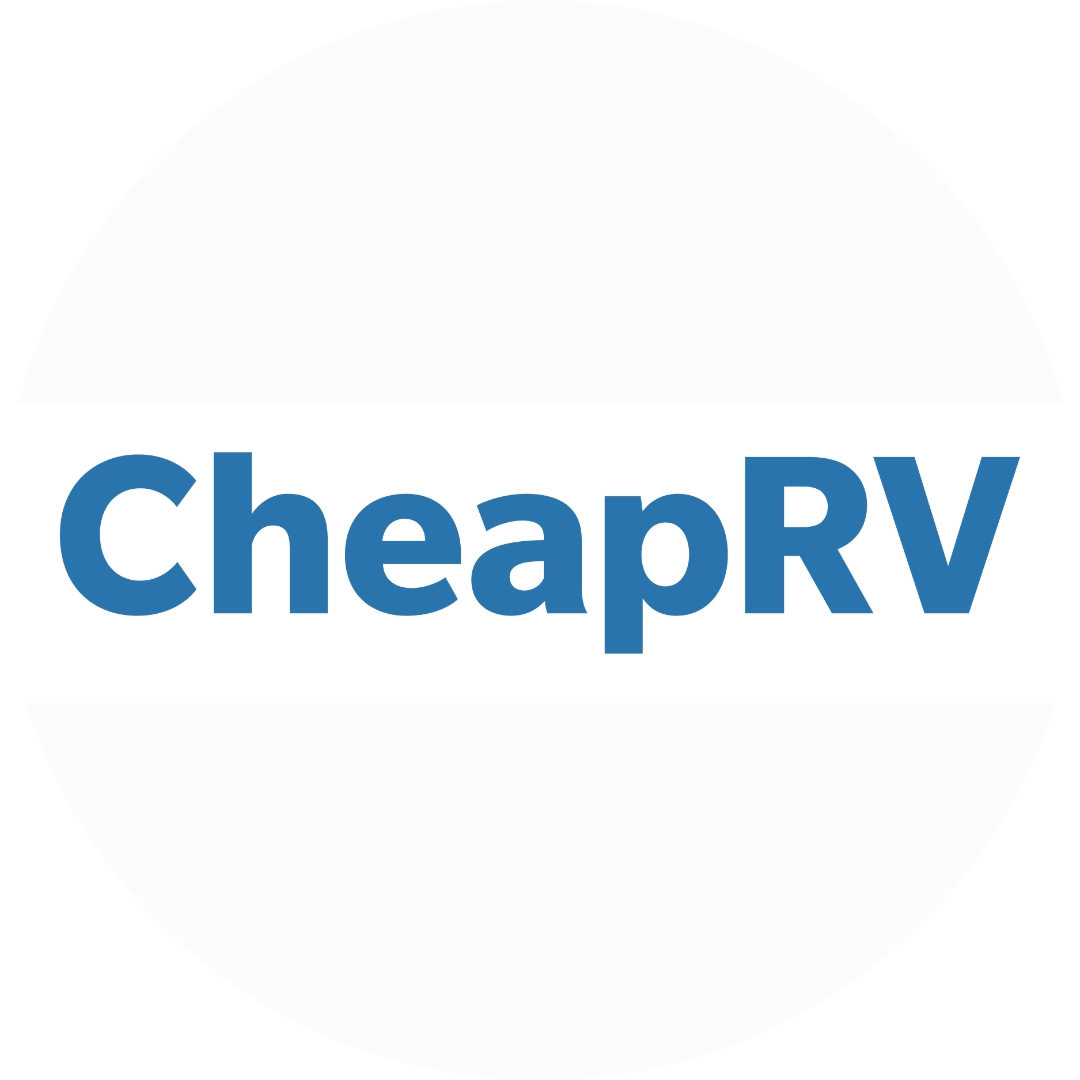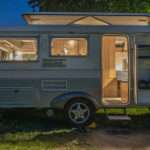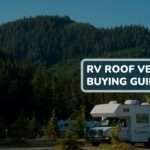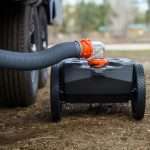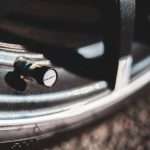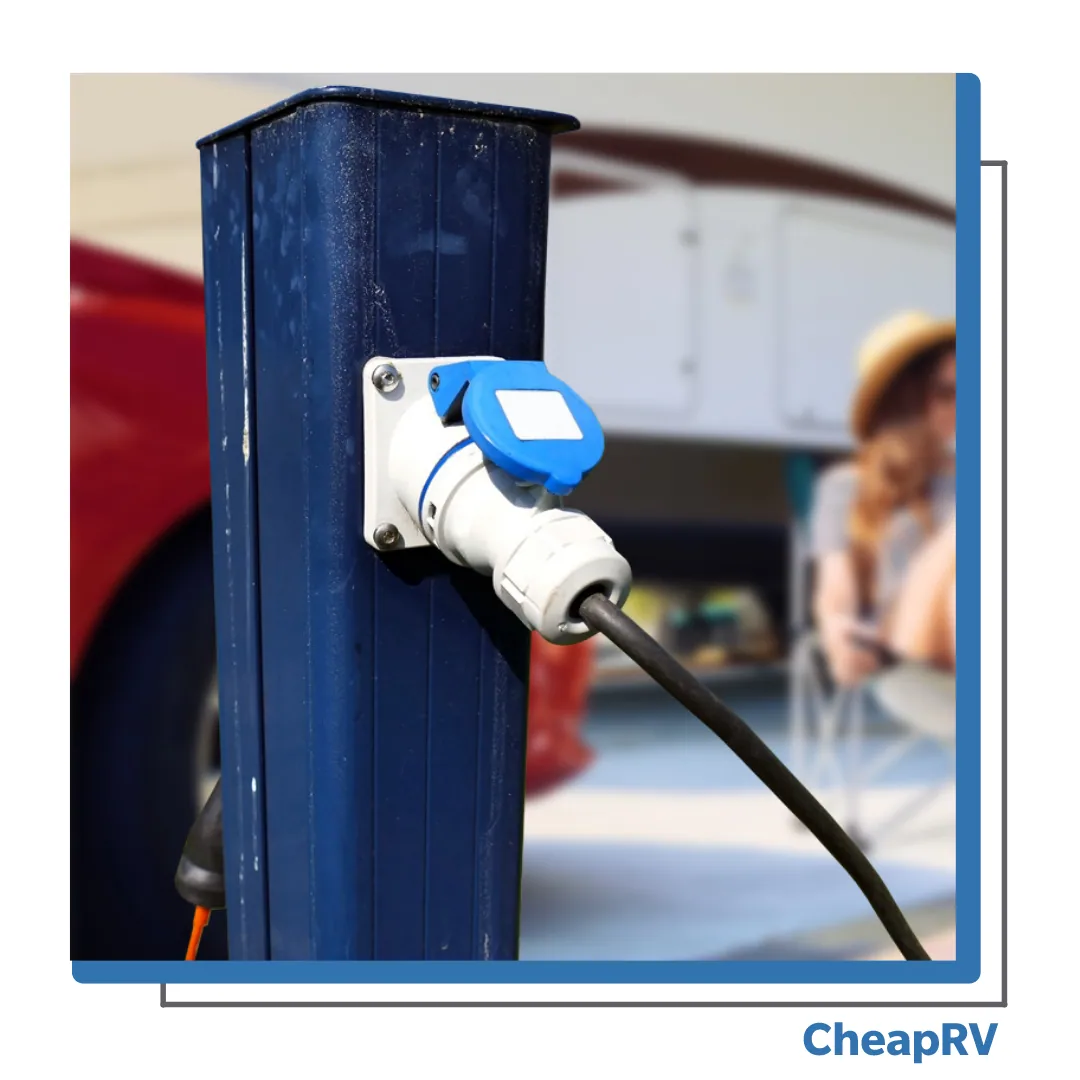
RV shore power cord – what is it and how does it work?
The thing that is so great about traveling in an RV is that we get to enjoy all the comforts of home, as well as explore the unknown areas of our beautiful planet.
Electricity has nowadays become such a crucial part of our lives, as we possess so many devices and gadgets.
Refrigerators, microwaves, ovens, air conditioners, heaters, coffee makers, TV sets, computers, mobile phones, tablets, and other devices we use on a daily basis all require electrical energy. Not to mention the batteries that power our lights, water pumps, smoke detectors, and other devices.
When we set up camp at a campsite or some other location, usually we gain access to electrical power.
The RV shore power cord is a crucial component that allows you to connect your RV to an electrical power source; it can be a generator or some other electrical outlet.
What is an RV shore power cord?
An RV shore power cord consists of three main parts:
- The male end – is the plug that is inserted into the electrical outlet or a generator.
- The female end – receptacle is connected to an RV.
- The cord – is usually made out of durable but flexible materials since it will be used on a daily basis.
How to use the RV shore power cord?
When you find a power source, plug the male end of the shore power cord into the power source and the female end into your RV. Once you make sure the connection is secure between the power source and the RV, you can turn on the electrical power and begin using electricity in your RV.
One thing you should consider is the electrical load that is placed on your shore power cord. What is an electrical load? You might ask.
An electrical load refers to the amount of electrical power that is being drawn from the cord to power various appliances and devices inside your RV.
The load on the cord can vary, depending on the number and type of appliances used.
Typically, shore power cords use different amp ratings: 15, 30, 50, or 100 amps. The most common amperage for RV shore power cords is 30 or 50 amps. These cords have a plug with 3 or 4 prongs. An amperage of 100 amps is usually used for larger RVs.
If you use a cord not have enough amperage, you risk overloading your RV’s electrical system or the electrical system of the campground you’re connected to.
Make sure the cord is also not damaged in any way because it can easily cause a fire.
The great thing about an RV shore power cord is that you can use it to charge your RV’s batteries. Just connect one end of the shore power cord to the RV’s battery charger and the other to an external power source.
Do I need a shore power extension cord for my RV?
It depends on the location of the RV and the distance from the electrical power source. If the RV is parked close enough to the electrical power source, then you don’t need a shore power extension cord.
However, if the RV is parked farther away, an extension cord may be needed to reach the power source. It’s important to use a heavy-duty extension cord that is rated for outdoor use with the proper amp capacity for your RV.
Check your RV manual for the recommended amp capacity and the recommended extension cord length.
How to plug into a Power Source that Doesn’t Match Your RV
If the power source you are connecting to does not match the electrical system in your RV, you will need an adapter to connect the two. The type of adapter needed will depend on the specific differences between the power source and the RV’s electrical system.
The most common adapters are dogbones and puck adapters. They got their names due to their shape; the dogbones are thin in the middle and fat on both ends; puck adapters resemble a small hockey puck.
The main difference between a dogbone and a puck adapter is that a dogbone adapter has a short length cable that connects its two plugs. A puck adapter has a female outlet and male prongs.
Regarding amperage, the most used adapters are a 30-amp to 50-amp adapter, which connects your RV’s 30-amp cord to a 50-amp power source, and a 30-amp to 15-amp adapter, which connects your RV’s 30-amp cord to a 15-amp power source.
Make sure that the adapter you’re using is intended for outdoor use and that you’re using it properly.
Electricity is no joke, so always check the voltage, the amperage, and the plug type of the power source before connecting to it. Make sure that it is compatible with your RV’s electrical system to avoid damage or other hazards.
How to Use Power Cords, Plugs, and Adapters in Your RV with Shore Power
One of the most difficult things about owning an RV is navigating the electrical system.
Besides shore power, RV owners tend to use solar power and portable generators as power sources.
Mismanaging your RV’s electrical system can lead to severe damage or even a hazard that can cost thousands of dollars in repairs.
That’s why we’ve prepared an article in which you’ll learn all about shore power and electrical cables. Learn all about different voltage, amperage, the differences in power systems, and ways to remedy that. Get familiar with extension cords and different types of adapters, as well as surge protectors, multimeters, and volt protectors.
Remember, this may be hard to understand, but in the long run, it could help protect your electronics and save you thousands in repairs and save you the stress of being without electricity (God forbid).
Conclusion
RV shore power cord is an essential piece of equipment for RVers who plan to stay in a campground or an RV park with available electrical power sources. It allows you to connect your RV to a power source and run appliances, lights, and other personal devices.
However, it’s important to ensure that the power source and the RV’s electrical system are compatible before making the connection. If they are not, you will need an adapter to connect them. If the power source is far away, then you’ll need to use a shore power extension cord for RVs that is designed for outdoor use.
Remember to ALWAYS check what’s the proper amp capacity for your RV. Your RV manual will have all the needed information, such as recommended amp capacity and extension cord length.


